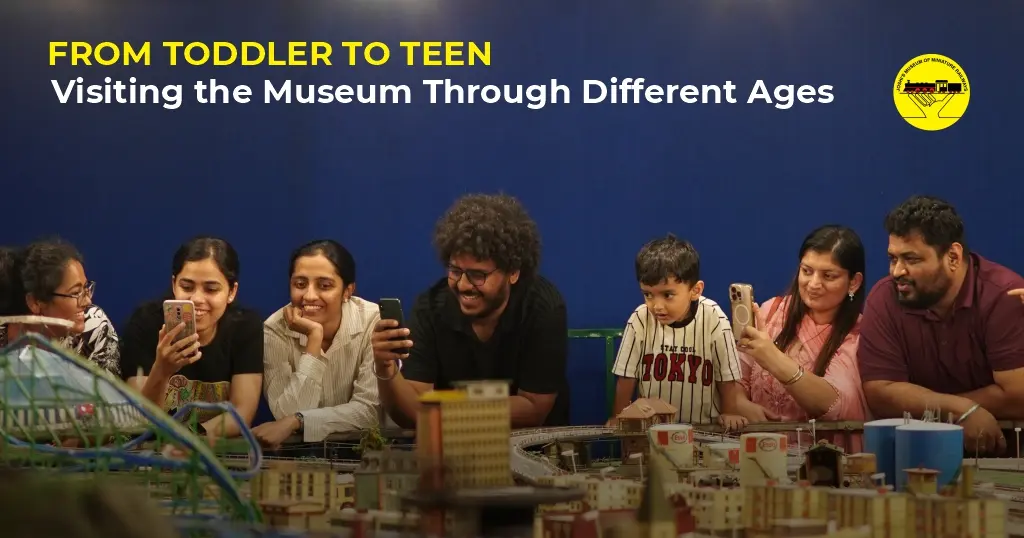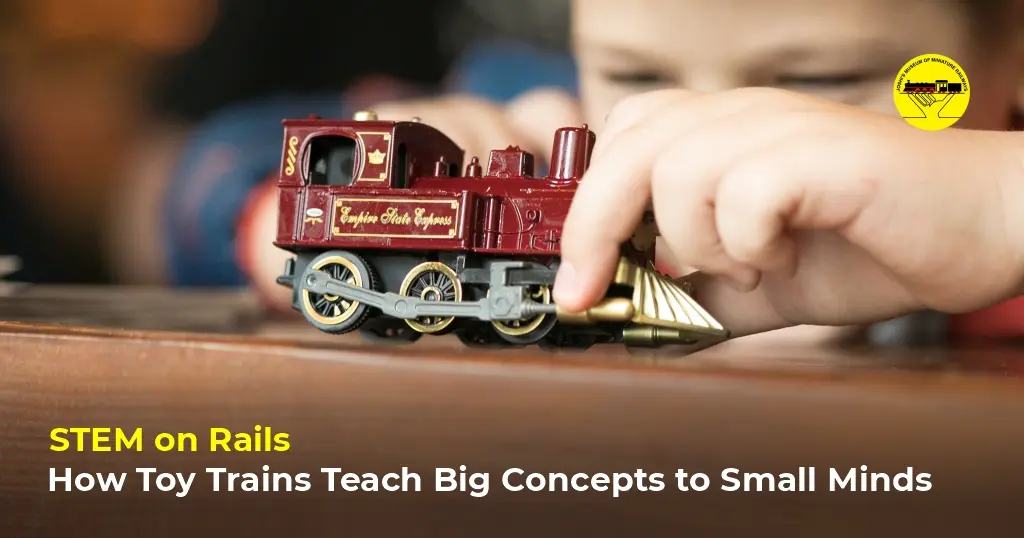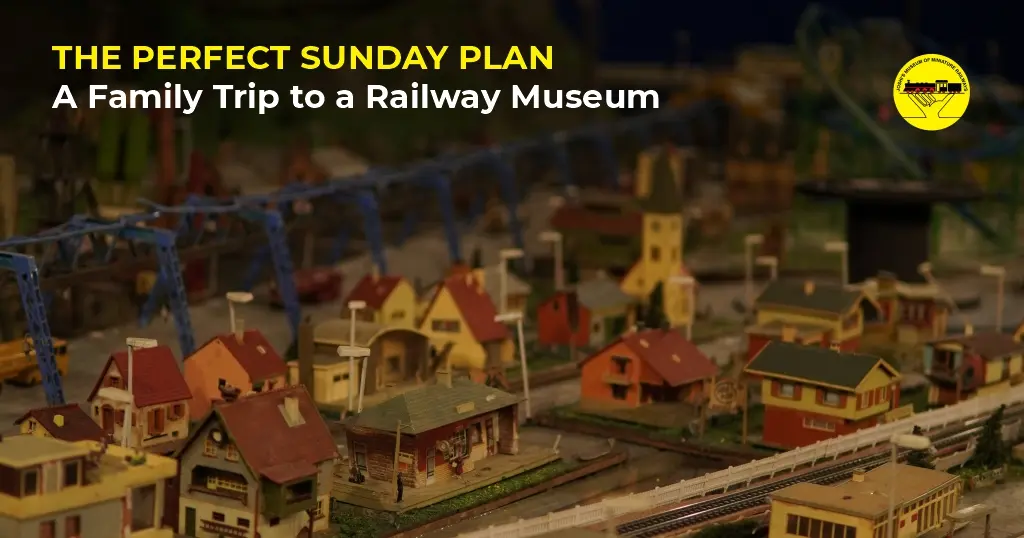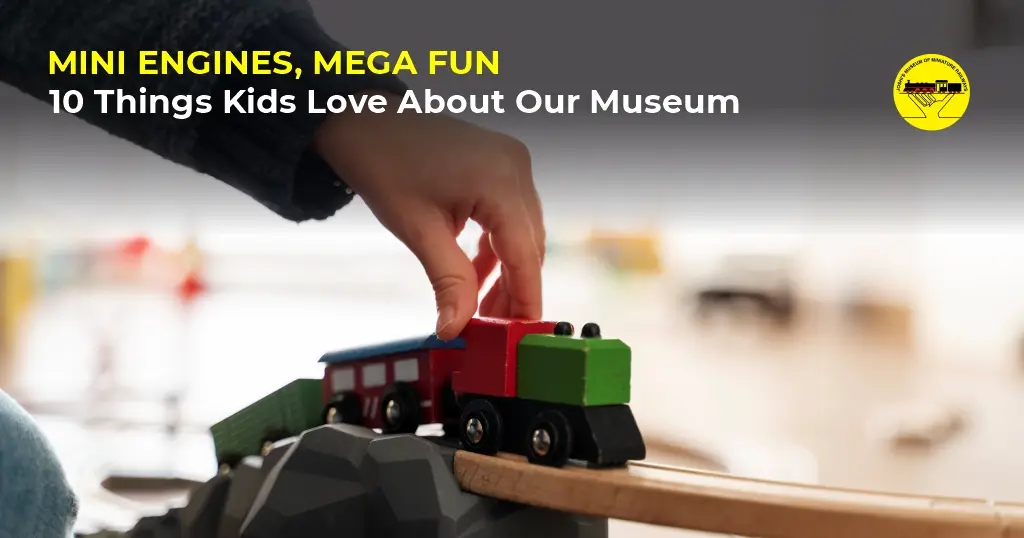Step into a room where tiny locomotives puff their way past hills, bridges, and town squares, and you’ll notice something remarkable: everyone, young or old, stands still in quiet awe. Model trains have always held a magical pull, one that goes far beyond the tracks, wheels, and engines. But what is it about these miniature worlds that fascinates us so deeply?
In this blog, we explore the psychology, emotions, and research behind why model trains—and miniatures in general—capture our imagination.
1. The Psychology of Miniatures
Psychologists have long noted that humans are attracted to miniaturization. Studies in cognitive science suggest that scaled-down worlds allow us to process complex environments more easily. A sprawling city may overwhelm us, but a miniature model gives us control: we can see the whole story in one glance.
A 2018 study in Frontiers in Psychology showed that people experience heightened feelings of comfort and nostalgia when engaging with small-scale models. They create a safe space for exploration—almost like holding the world in the palm of your hand.
Children, too, are naturally drawn to miniature play. Developmental psychologist Jean Piaget emphasized how symbolic play with small models helps build imagination, empathy, and cognitive flexibility. This early fascination never quite leaves us, which explains why adults feel the same spark when standing before a model railway.
2. Nostalgia and Emotional Memory
Trains themselves hold a deep place in cultural memory. From the steam engines of the industrial era to modern high-speed rail, trains symbolize journey, adventure, and progress. When they appear in miniature form, those associations shrink into a form we can hold and cherish.
A survey by the UK’s National Railway Museum revealed that over 65% of respondents linked model trains with childhood memories—whether receiving their first toy set, visiting a station with family, or simply hearing the whistle of a passing train. That nostalgia is powerful: psychologists suggest nostalgia not only boosts mood but also fosters a sense of identity and belonging.
This explains why grandparents and parents often introduce children to model trains—passing down not just a hobby, but a heritage.
3. A Sense of Control and Order
Life often feels unpredictable, but miniature worlds are different. When you design a model railway, you decide the story. The trains arrive on time, the bridges never collapse, the passengers always reach their destinations.
Psychology research on “locus of control” (Rotter, 1966) explains this appeal. People who feel they can influence outcomes in their environment experience reduced stress and greater satisfaction. Miniature train setups give hobbyists that reassuring sense of order—without real-world consequences.
In a world of constant rush, building or watching model trains can feel almost therapeutic. In fact, model building is sometimes used in occupational therapy to improve focus, fine motor skills, and stress relief.
4. Community and Storytelling
Model trains aren’t just objects—they’re stories waiting to be told. Every track layout reflects choices: should the train run past a mountain village or a bustling station? Should it carry passengers, coal, or mail?
Sociologists point out that hobbies like model railroading build community through shared storytelling. Across the world, clubs and museums bring enthusiasts together. According to the National Model Railroad Association (NMRA), there are more than 18,000 registered members in over 30 countries, showing how deeply people connect over their passion for miniatures.
At Joshi’s Miniature Museum, visitors often share stories of their own travels, childhood train journeys, or family rituals tied to railways. The models serve as both a spark and a canvas for collective memory.
5. The Magic of Scale
There is also a sheer aesthetic magic in seeing a detailed miniature world. Researchers studying “scale effect” note that smaller versions of objects can intensify our sense of wonder because they create a shift in perspective.
When we lean down to peer at a train station smaller than our hand, we temporarily step into another world. It’s like being a giant—but without destroying the delicate beauty below. This change of scale allows our brains to experience awe, a psychological state linked to creativity, curiosity, and joy.
6. Statistics That Speak
- According to the NMRA, the global model train industry is valued at over USD 7 billion, proving its lasting appeal.
- A study published in Journal of Environmental Psychology found that interacting with nostalgic hobbies reduced stress markers in 72% of participants.
- Surveys show that model railroading is increasingly intergenerational: nearly 40% of adult hobbyists actively share the activity with children or grandchildren, ensuring the tradition continues.
Final Thoughts
Model trains are more than engines on tracks. They are memories, emotions, and miniature works of art that let us step back from the chaos of everyday life. They spark nostalgia, give us control, and invite us into communities built on imagination and craft.
When you stand before a model train at Joshi’s Museum of Miniature Railways, you’re not just looking at wheels turning—you’re watching history, psychology, and wonder all woven into a living story.
And perhaps that’s the real magic: in a world that often moves too fast, miniatures remind us to pause, to observe, and to dream—one tiny carriage at a time.






